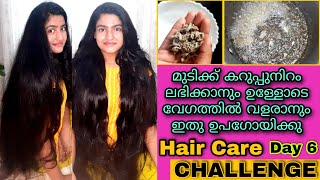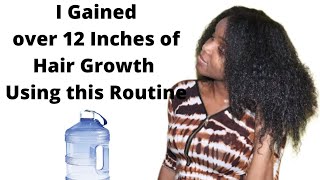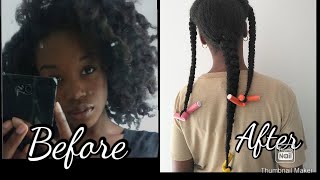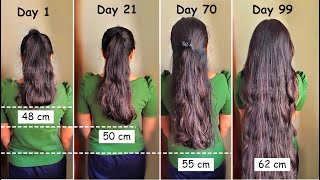Back To Basics: Condition Your Hair But Shampoo Your Scalp
When learning about hair care for the first time, information overload is a real issue and for newbies this can be seriously overwhelming.
Back in the day when I started my hair journey we primarily learned about hair from online forums and even then there was a great deal of infomation to sift through.
But since then, between hair blogs, youtube and not to mention all the hair related books also available, I can only imagine how difficult it is to wade through this stuff for a newbie today. Someone ought to write a manual!
Not everyone is as obsessive errm I mean passionate about hair care as I am* so YOU may not want to know all there is to know about hair, I understand that. But on the other hand I do want to get the message of good hair care practices out to as many people as I possibly can.
The best way I have found of doing so is rather than tackle complex topics with every single video, I also would like to provide little nuggets of information that the average person can take away and implement into their regimen straight away.
That is in fact the premise behind the Back to Basics series of posts. I want to show you all that it doesn’t have to be difficult or expensive to get healthier longer hair.
So with this post we are back at the very beginning, the washing stage of your routine. I’m sure you will agree that your weekly or fortnightly wash forms the backbone of your entire regimen and if you don’t get this right, it can lead to a domino effect of damage in other areas of your hair regimen.
Sebum, the natural oil is secreted from glands in our scalps is important to healthy hair. Its purpose is to moisturize our hair and scalps. For women with naturally straight to wavy hair, this sebum will easily travel down the length of their hair especially when the hair is combed or brushed making it shiny and soft.
But for us curly girls particularly those with kinky* or coily natural hair, this sebum is unable to travel down the length of your strands to moisturize sufficiently. Brushing would of course cause too much breakage to our fragile strands so the solution usually is to add oil topically to our hair.
The problem with this is that the unused sebum will collect in our scalp’s pores clogging them and for many of us this presents as itchiness which signals that it’s time for another shampoo. But how you shampoo is also important. The bottom line is this: Condition your hair but shampoo your scalp. Want a bit more? Let me explain….
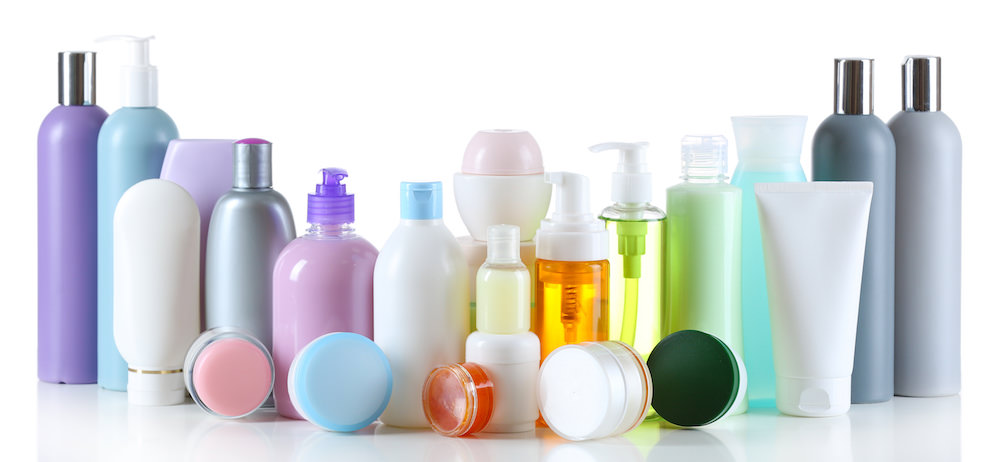
Shampoo Your Scalp
While helping my sister Tasha to adjust her hair regimen for better length retention some time ago, I noticed something glaringly obvious that she was not aware of.
he complains of having an itchy scalp sometimes and yet I noticed that when she shampooed, she was applying copious amounts of the shampoo directly to her hair rather than her scalp.
Of course there is nothing wrong with shampooing your hair. If you are clarifying then it makes perfect sense but if it’s an average week where you are using either a low sulphate or sulphate free shampoo, the area that you should pay the most attention to while cleansing is your scalp so rub the shampoo directly there!
As the shampoo foams you can then run the lather down the length of your hair. Never rub in shampoo into your hair as it lifts your cuticles and causes awful tangling. As you rinse your scalp under a running shower, the foamy water along with the strength from your water stream will serve to rid your hair of any dirt and build up.
Condition Your Hair
When it comes to conditioning your hair you have to reverse your tactic. Your hair rather than your scalp will gain the most benefit from your conditioners so be generous and concentrate mostly on the ends of your hair which are the oldest hence most prone to dryness. Apply the conditioner while smoothing downwards to spread the product evenly.
Again there is nothing wrong with putting conditioner on your scalp, in fact some of them are specially formulated with growth boosting ingredients so there is an expectation that your scalp will get coated in conditioner too. Just as long as you are aware that your hair should get the lion’s share.
Be sure to rinse your scalp thoroughly however. There’s nothing worse than getting an itchy scalp a day or two after wash day because of conditioner residue left behind!
This little mantra: “Condition your hair but shampoo your scalp” is not a hard and fast rule of course but I hope it will help some you who are struggling to feel more confident about your abilities on wash day and of course to help you get better results from your washes.
Once you get the basics right, then you can choose to tweak your regimen along the way by discovering what ceramides are or if you should be worrying about hygral fatigue and other such complex issues.
See the other articles in the back to basics series here >>

